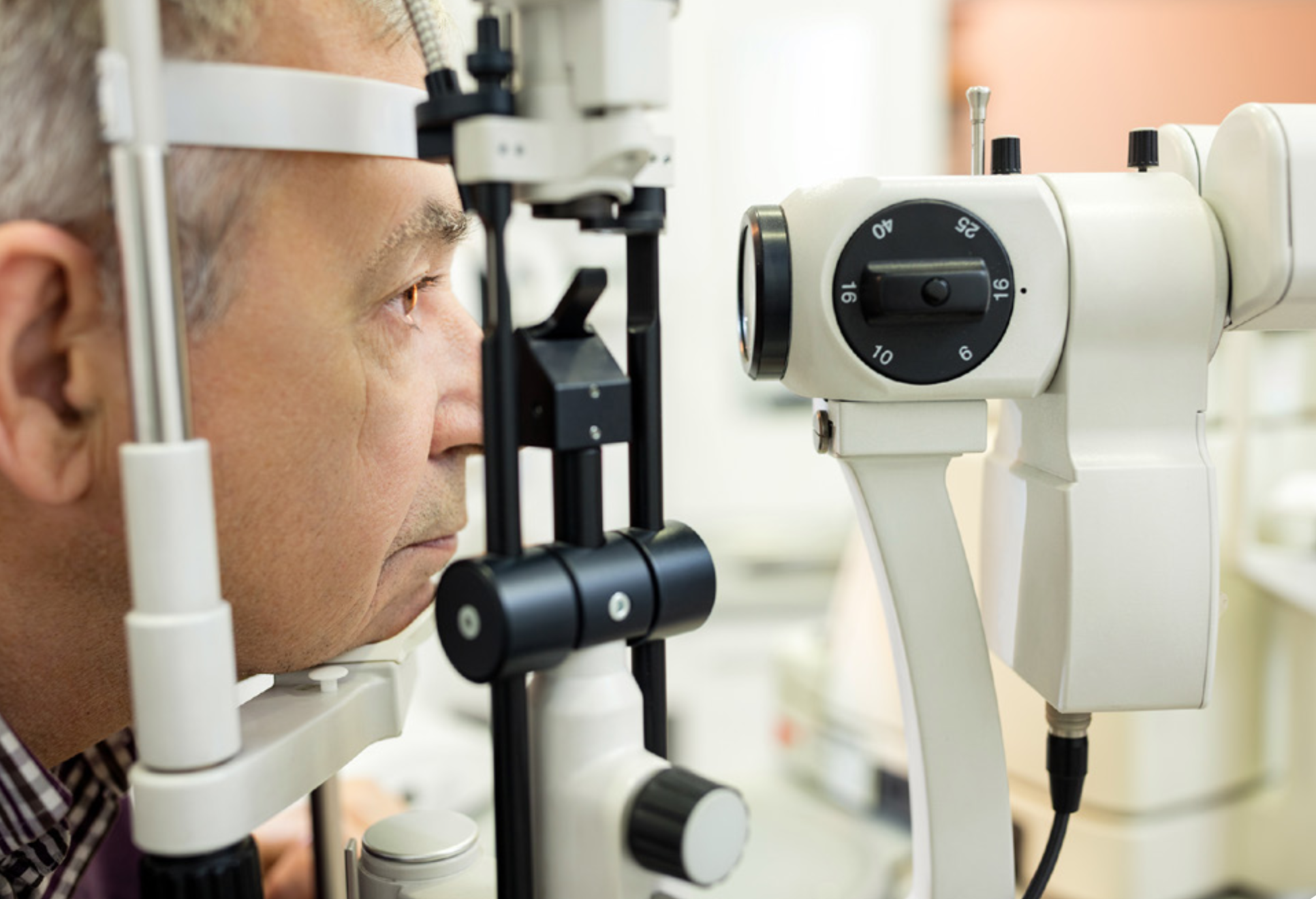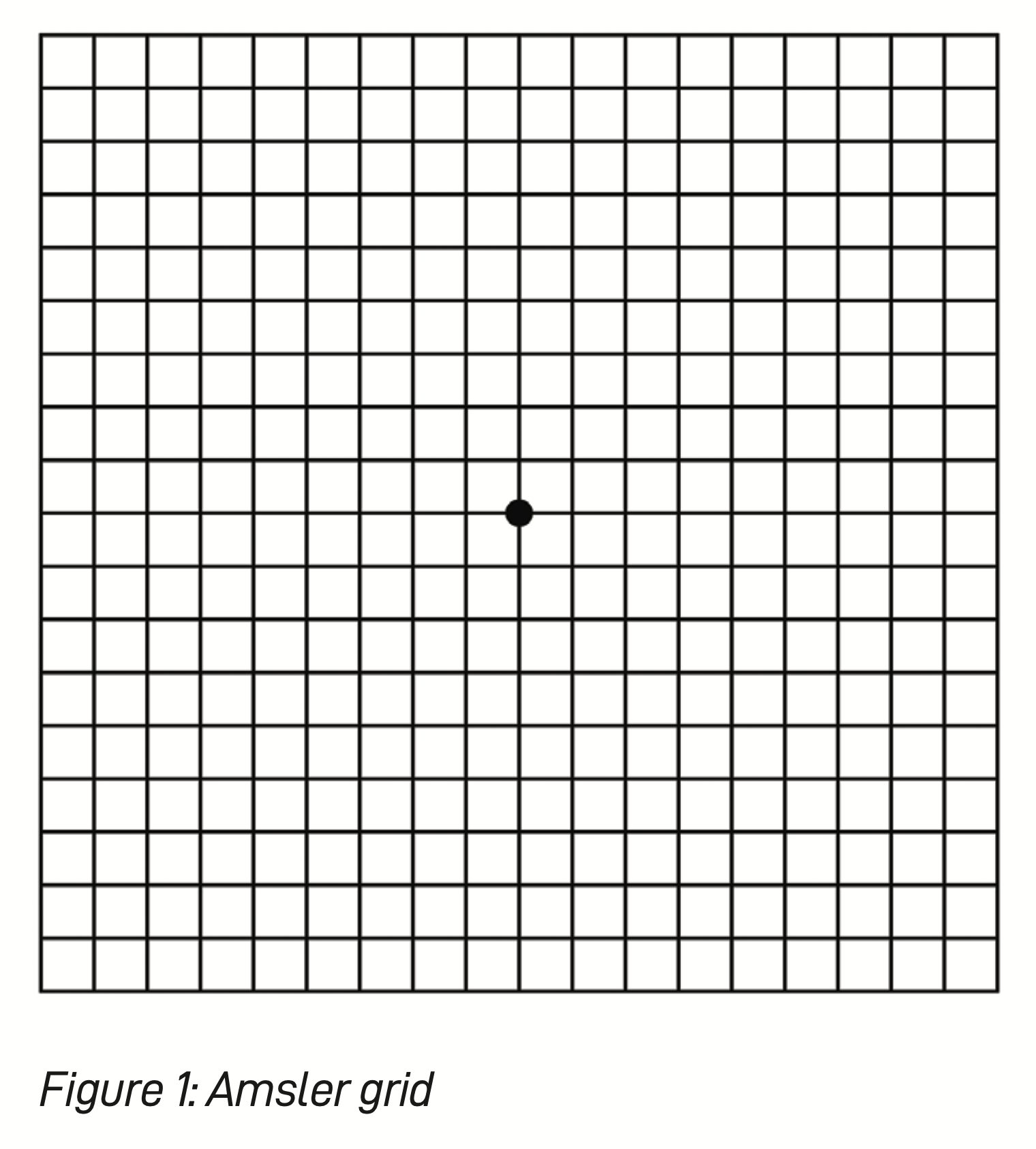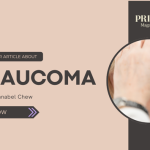Age-Related Macular Degeneration (AMD): Causes, Symptoms, Prevention & Treatment
Age-related macular degeneration (AMD) is one of the leading causes of vision loss among older adults. As life expectancy increases worldwide, AMD has become more common — with about eight million people globally having lost their sight due to late-stage AMD. While AMD cannot always be cured, early detection, lifestyle changes, and timely treatment can help preserve vision and slow its progression.

What Is Age-Related Macular Degeneration?
Your eye works like a camera. At the back of the eye is the retina, a light-sensitive layer that captures images and sends them to the brain. The macula is the most important part of the retina — it provides the sharp, central vision needed for reading, driving, and recognizing faces.
AMD is a chronic, progressive disease that damages the macula. It can affect one or both eyes and leads to a gradual or sometimes sudden loss of central vision.

Types of AMD
There are two main forms of AMD:
1. Dry AMD (More Common)
-
Occurs when waste materials build up under the retina, slowly damaging the macula.
-
Most people with early dry AMD have no symptoms and may not notice changes in vision.
-
Over time, this can progress to advanced dry AMD, causing a gradual loss of central vision.
2. Wet AMD (More Severe)
-
Caused by abnormal blood vessels growing under the retina that leak fluid or bleed.
-
Leads to sudden, severe central vision loss.
-
Wet AMD is the most common late-stage AMD seen in Singapore.
In Singapore, about 5 in 100 people have early dry AMD, while 1 in 200 develop late AMD (either wet or advanced dry). Wet AMD accounts for most cases of severe vision loss.

For those above 55 years of age, eye screening every 1-2 years is recommended. This can be done at community eye screening events, or at your optometrist/ophthalmologist.

Causes and Risk Factors
The exact cause of AMD is not fully understood, but several factors increase the risk:
-
Age: Risk rises sharply after 60; 1 in 4 people over 80 have some form of AMD.
-
Genetics: Family history can raise your likelihood of developing AMD.
-
Smoking: Smokers are 4 times more likely to develop AMD and progress to late-stage disease.
-
Other factors: High blood pressure, obesity, and prolonged sun exposure may also play a role
Symptoms of AMD
Early AMD may not cause noticeable vision problems. As the disease advances, you may experience:
-
Blurred or fuzzy vision in the center of your sight.
-
A dark or grey spot in your central vision.
-
Distorted vision — straight lines appear wavy or bent.
A simple at-home tool called the Amsler grid can help detect early visual changes. If the grid appears wavy, blurry, or has missing areas, it’s time to see an eye specialist.
Screening and Diagnosis
If you are 55 or older, it’s recommended to have an eye screening every 1–2 years, either at community screening events, your optometrist, or an ophthalmologist.
AMD is diagnosed through a comprehensive eye exam, which may include:
-
Pupil dilation to check the retina and macula.
-
Retinal photography for detailed imaging.
-
Optical coherence tomography (OCT) scans to view retinal layers.
-
Fluorescein angiography to detect abnormal blood vessels in wet AMD.
Prevention & Lifestyle Tips
While not all AMD cases can be prevented, these steps can help protect your vision and slow disease progression:
-
Quit smoking: The single most important step to reduce AMD risk.
-
Eat for eye health: Include green leafy vegetables (rich in lutein and zeaxanthin) and omega-3 fatty acids from fatty fish.
-
Consider supplements: Look for AREDS2 formula eye health supplements if advised by your doctor.
-
Protect your eyes from UV light: Wear sunglasses outdoors.
-
Maintain overall health: Manage blood pressure, stay active, and keep a healthy weight.
Treatment Options
There is no permanent cure for AMD, but treatments can help slow vision loss — especially for wet AMD:
-
Anti-VEGF injections: These medications block vascular endothelial growth factor (VEGF), a protein that causes abnormal blood vessel growth. Injections are given directly into the eye, often monthly at first, and can help stabilize or even improve vision.
-
Laser therapy: Sometimes used alongside injections to seal leaking vessels.
-
Ongoing research: New therapies for both dry and wet AMD are being developed.
Risks of treatment (though rare) include infection, inflammation, bleeding, retinal detachment, or increased eye pressure.
For dry AMD, no approved medical treatment currently exists, but lifestyle changes and nutritional support can help slow progression.
Key Takeaway
Age-related macular degeneration is not an inevitable part of ageing. With regular eye exams, healthy habits, and early treatment, you can protect your sight and maintain independence for years to come. If you notice changes in vision — such as blurriness, distortion, or dark spots — see an eye specialist promptly.












Leave A Comment